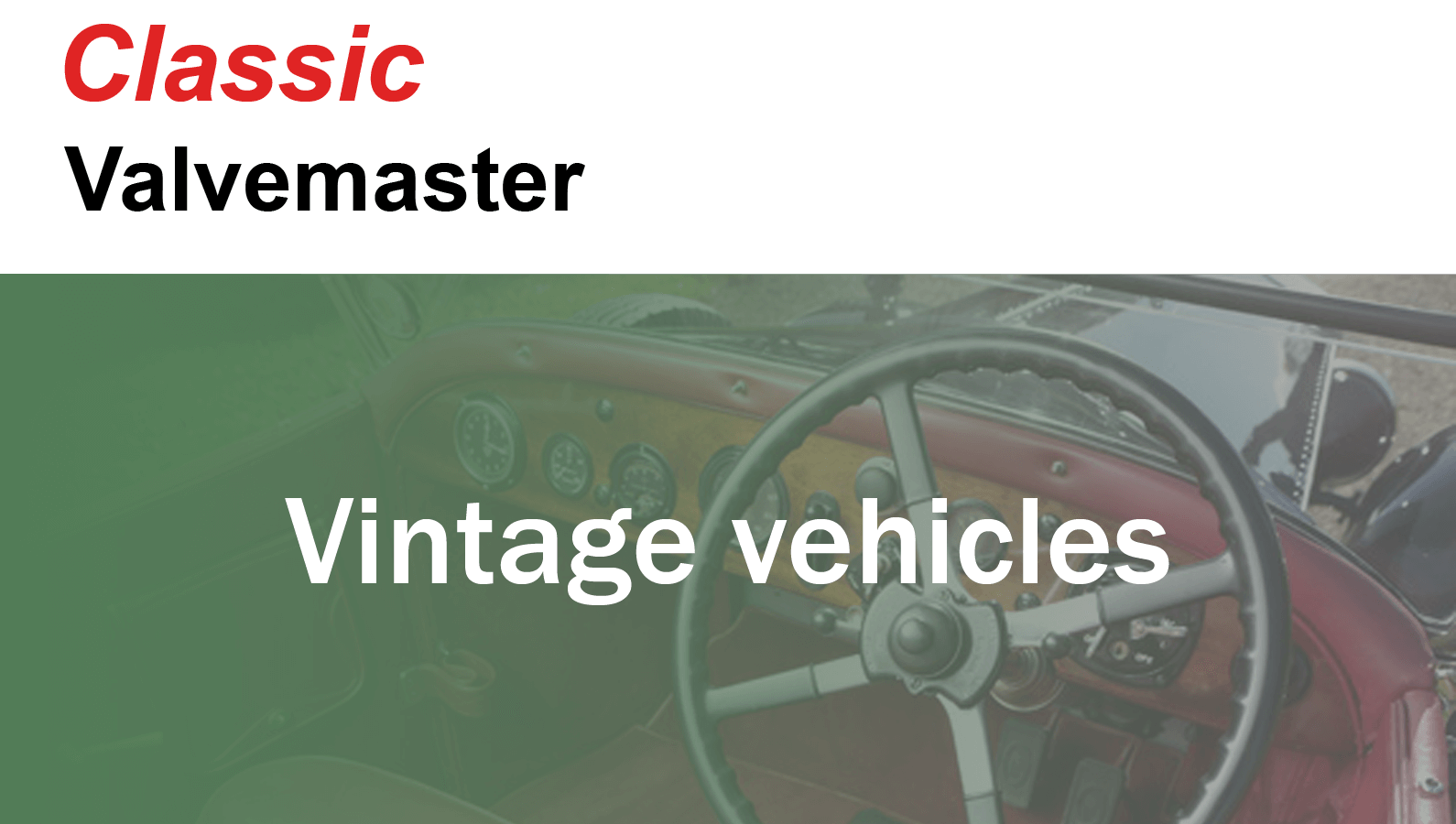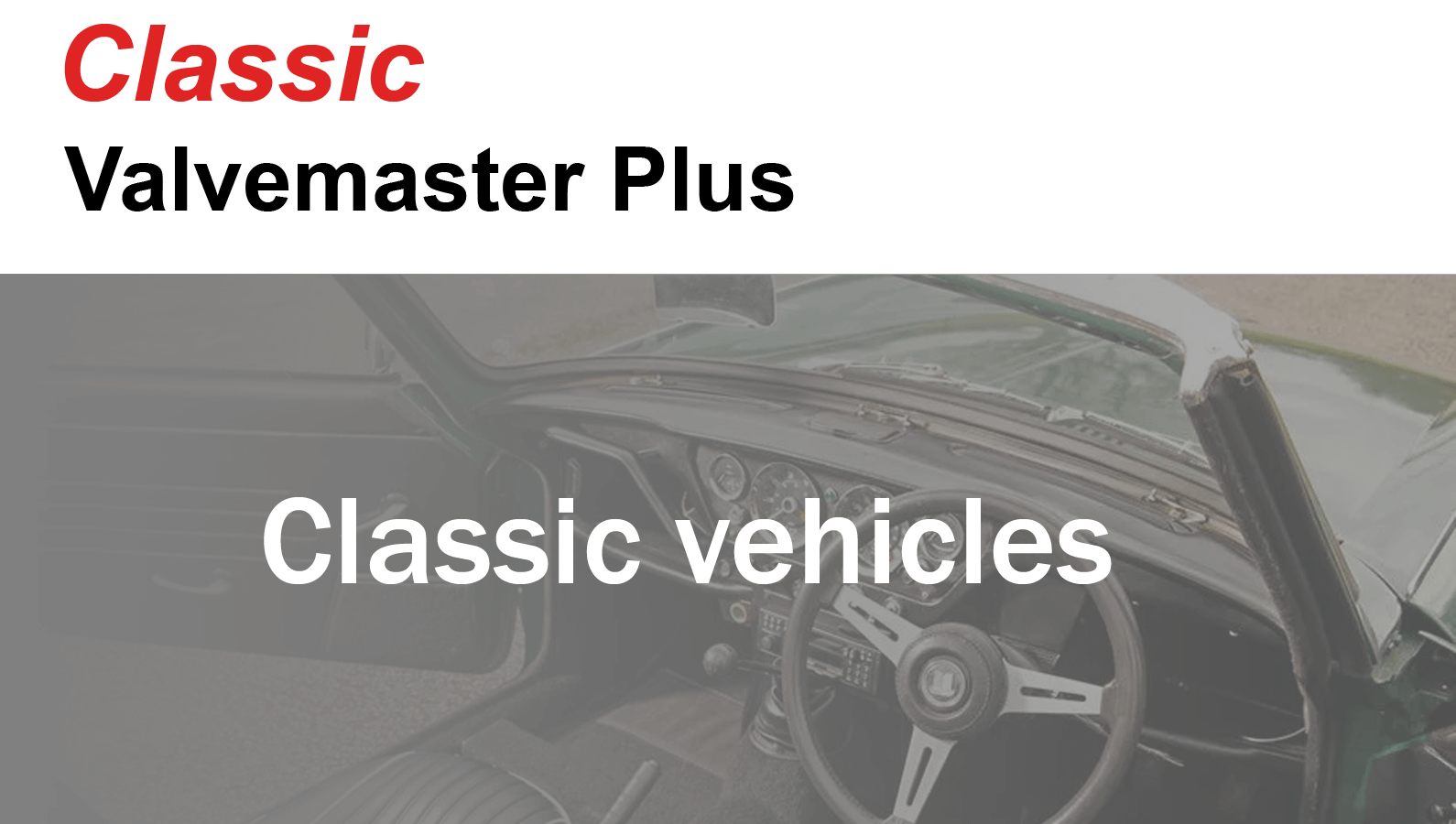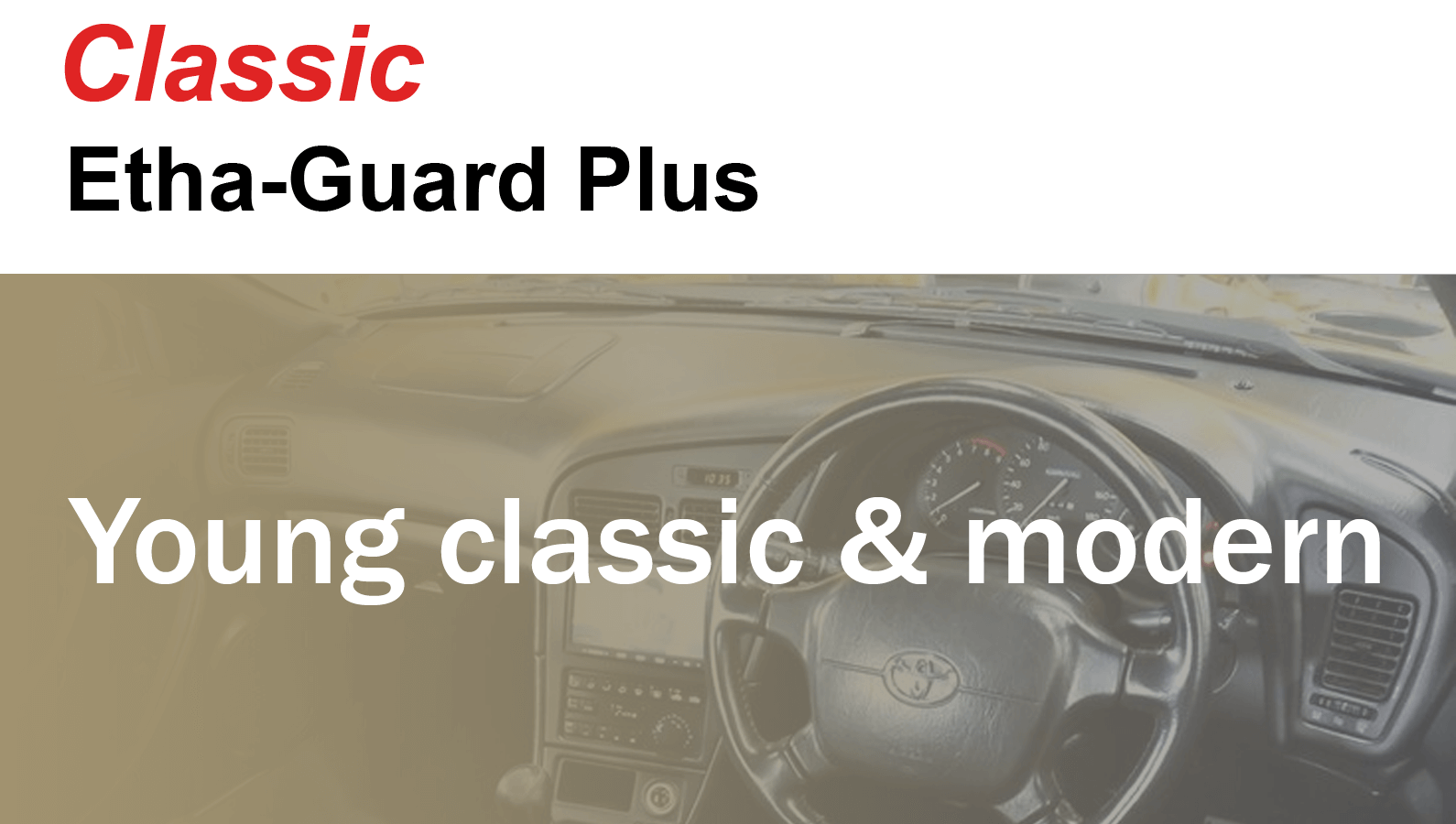Ethanol protection for E5 & E10
Etha-Guard - the ethanol solution
Valvemaster and Valvemaster Plus contain Etha-Guard Ethanol Stabiliser. Etha-Guard protects your vehicle against ethanol induced corrosion, enabling the safe use of both E5 and E10 ethanol blended unleaded petrol.
Etha-Guard enables E5 and E10 fuel use
Protects fuel system against corrosion
Prevents acidity in ethanol fuel, keeping fuel system clean
For pre-1996 vehicles without catalytic converter
For younger and modern classics, Etha-Guard Plus is available. Etha-Guard Plus can be used in vehicles either with or without a catalytic converter, so is ideal for younger vehicles designed to run on unleaded petrol.
The Ethanol Issue
E10 fuel contains 10% ethanol, derived from biomass such as grains or sugar. Until 1st September 2021, standard 95ron petrol contained 5% ethanol (E5). This has now been increased to E10 (10%), but higher octane (super unleaded) has remained at E5.
Ethanol blended petrol is less harmful to the environment than unblended petrol, with less carbon dioxide produced.
Why is E10 unsuitable for some cars?
Most vehicles from 2002 onwards are compatible with E10, and all petrol cars built from 2011 onwards are compatible. The main issue with ethanol in petrol is moisture, and the knock-on effects of acidification. With older vehicles this can result in problems with metal, plastic and rubber parts that were not originally made to be compatible with ethanol – unlike modern componentry. This can be a particular concern if you have an older vehicle running with the original fuel hoses, as older hoses are often not compatible with ethanol.
Moisture
Ethanol is hygroscopic, so attracts moisture from the air. Water will mix with ethanol, but does not with petrol, so drops to the bottom of the fuel tank taking some of the ethanol with it - this is known as Partial Phase Separation. With enough water the ethanol in the fuel will become saturated, and drop out of suspension completely.
Acidity
A further issue is that ethanol mix fuels can become acidic. Ethanol fuels are not acidic when they come out of the fuel pump; however, acidity can be caused by a reaction to CO2.
CO2 is extremely soluble in ethanol, so like moisture will be attracted to an ethanol fuel blend from the atmosphere. In the presence of water, it will convert to carbonic acid – effectively becoming rain water, which is mildly acidic at pH 5.6.
When the pH of ethanol drops below 6.5, it can cause fuel pumps to malfunction (due to film forming between the brushes and commutator), fuel injectors to fail from corrosion or carburettor floats to stick, and excessive cylinder wear.
The other particular issue for owners of Classics is that these vehicles are often only used occasionally, or laid-up over the winter period. As the fuel is sitting in the tank for a longer period of time, the hygroscopic action of E10 fuel is exacerbated, potentially leading to more serious corrosion problems in the fuel tank and lines.
Valvemaster and Valvemaster Plus with Etha-Guard protect your vehicle from the harmful effects of ethanol in petrol.
What problems should you look out for with E10 fuel?
The first – and most safety critical – thing to check is your fuel hoses. Older hoses were made of more permeable materials, which allow more vapour to escape the hose wall than modern materials do. When the petrol contains ethanol, the ethanol in the vapour will dry out the hose, causing it to become brittle and prone to cracking. Your hoses should have their specification stamped on them – R6 was widely original fitment on older vehicles, but the generally accepted standard nowadays for use with ethanol blend is R9 hose. Check and replace if necessary or damaged, and any hoses that look original on a car from prior to around 2000 should be considered for replacement as a matter of course. Using ethanol stabilisers such as Valvemaster in your fuel will not prevent vapour loss and subsequent leaks in hoses that are not compatible with ethanol, so it is crucial to be aware of this issue and make the necessary checks.
Apart from similar damage to other older rubber components, you are most likely to see corrosion issues. This can often manifest as fuel injectors failing, or carburettor floats sticking. Of course, there are other areas where corrosion may occur that will not necessarily give a visual indication, such as the base of the fuel tank. Acidity in E10 can also cause fuel pumps to malfunction.
One other thing to look out for is hot-running-
Ethanol actually burns at a lower temperature than petrol. If you look at the molecular structures of petrol and ethanol, you will see a major difference – ethanol contains an oxygen atom, whereas petrol is oxygen free.
When the ethanol petrol blend is combusted in the engine, the oxygen supplied by ethanol that would not be there in pure petrol is now added, causing the fuel-air mixture to become leaner. This can result in hot running, which can be resolved by setting your fuel mixture slightly richer.
Is E5 super unleaded a viable alternative to E10 regular unleaded?
Yes, up to a point. In most instances we would normally recommend running classic vehicles on super unleaded anyway, as the higher octane will be beneficial to performance. Ethanol in fuel also reduces fuel economy compared to straight petrol, so the higher ethanol in E10 will exacerbate this. Regular 95ron petrol has been E5 for a number of years already.
The issues previously mentioned regarding potentially damaging effects to fuel lines in particular, and other components generally, should still give the classic driver cause for concern even at the lower 5% ethanol content of E5 – there is still ethanol in the fuel, albeit at a lesser concentration.
Using a fuel additive such as Classic Valvemaster or Valvemaster Plus will stabilise E10 or E5 petrol, giving you peace of mind whichever grade of petrol you decide to use. Valvemaster Plus also gives an increase in fuel economy that will counter-act the effect of E10.
What if I accidentally put E10 petrol in my car when I’ve been advised that it isn’t suitable?
Don’t panic! It’s not going to cause an immediate problem. The best thing to do is to drive the vehicle until the fuel tank is almost empty, then refill with suitable petrol, and do this as soon as possible. The potentially damaging effects of E10 will only occur with the introduction of moisture to the fuel, so as long as the vehicle isn’t sitting around for a long period of time you shouldn’t have any problems. Of course, the best way to avoid any issues is to add Classic Valvemaster or Classic Valvemaster Plus to the fuel tank to stabilise the ethanol.
How do I know if my car is suitable to run on E10?
The first place to check is your owner’s manual; ethanol blend petrol has been commonplace in various countries for some years now, so manufacturers have designed their vehicles with this in mind. The manual will usually state whether the vehicle is E10 compatible. If not, then the Government have also developed a handy tool using information supplied by manufacturers to check your specific vehicle -
www.gov.uk/check-vehicle-e10-petrol




